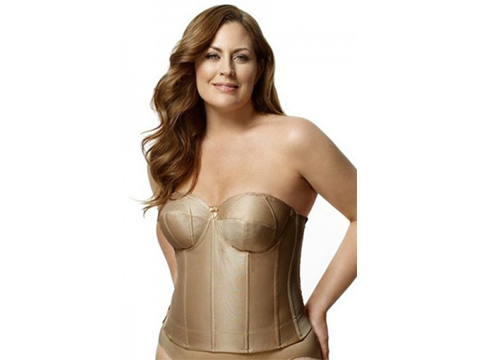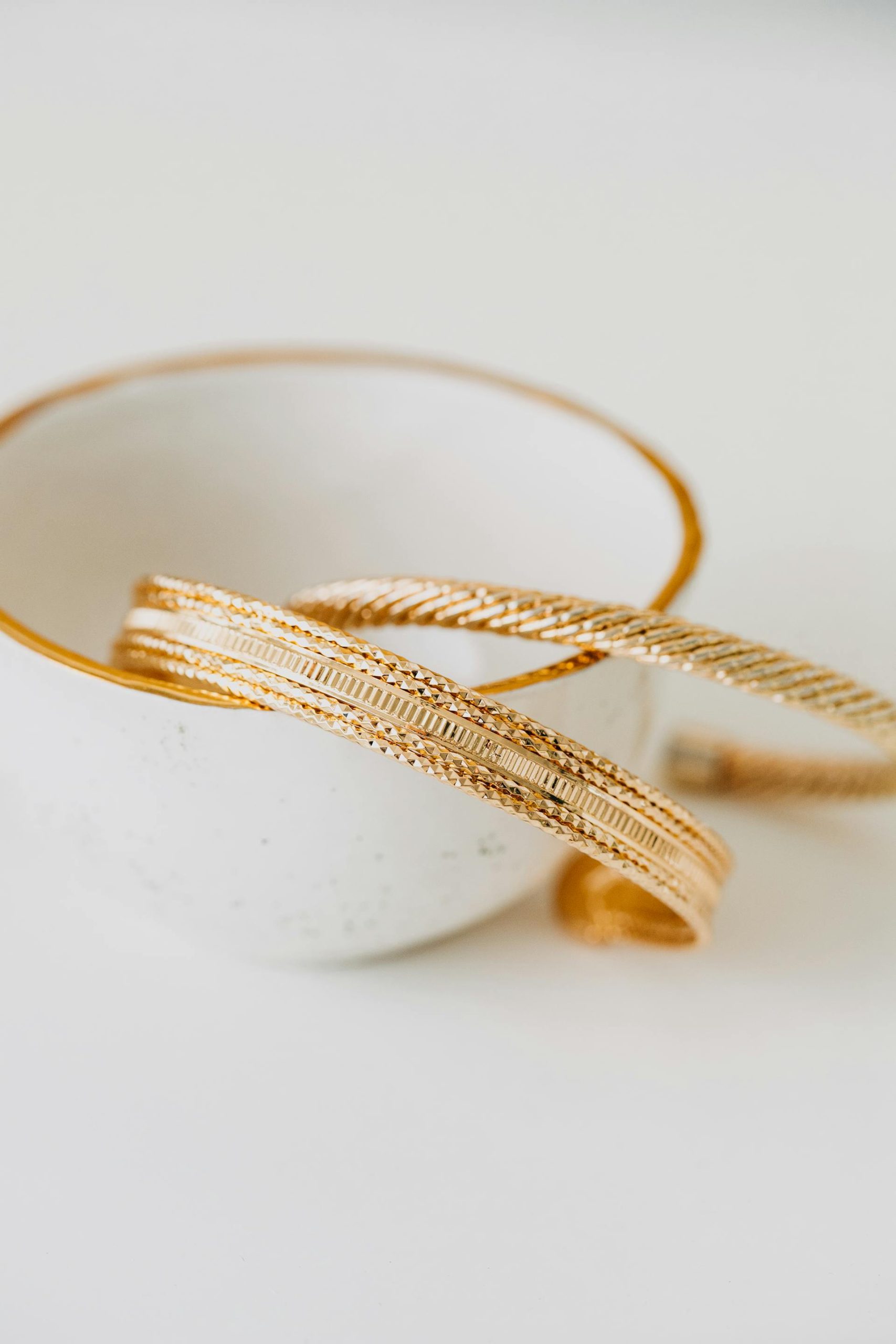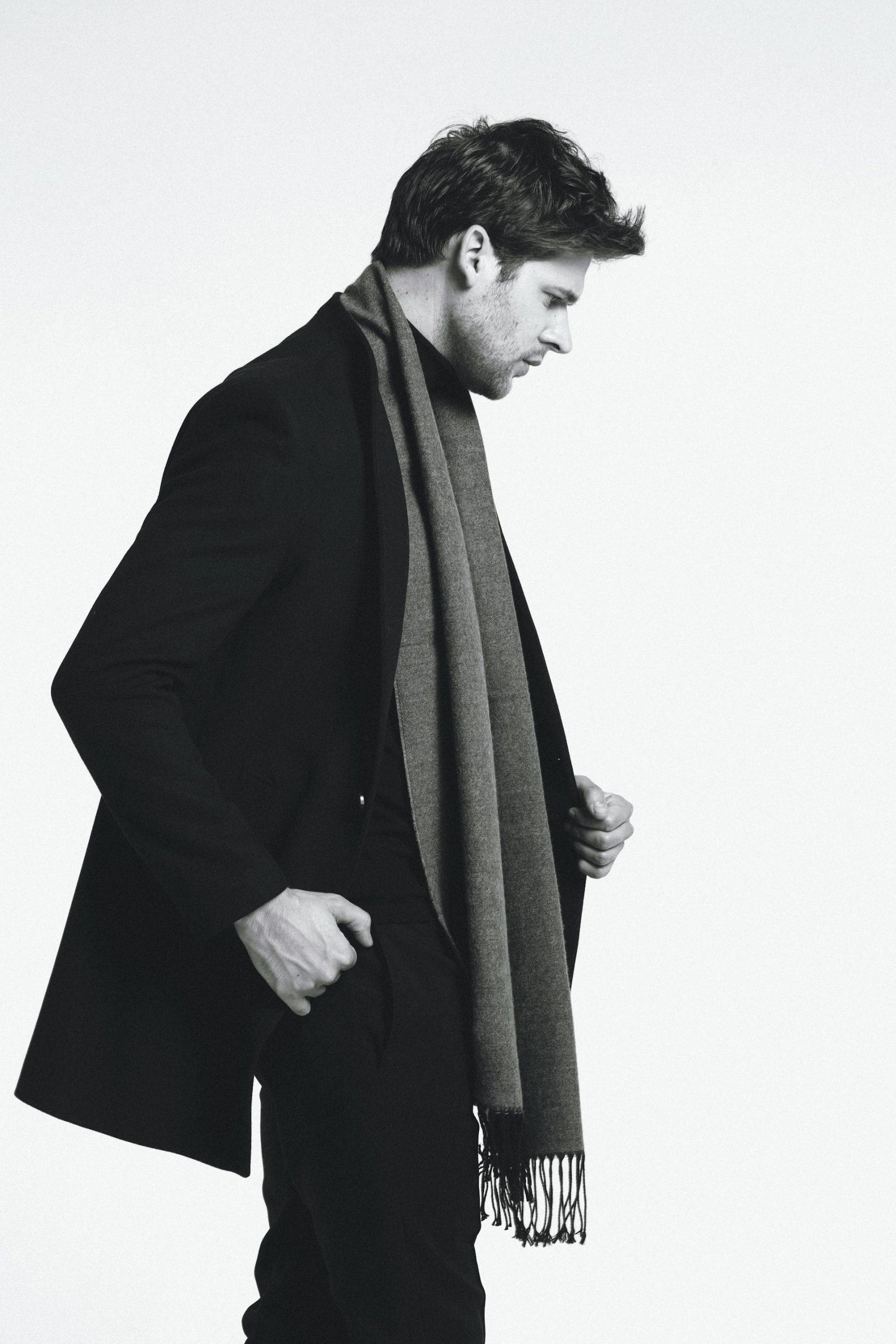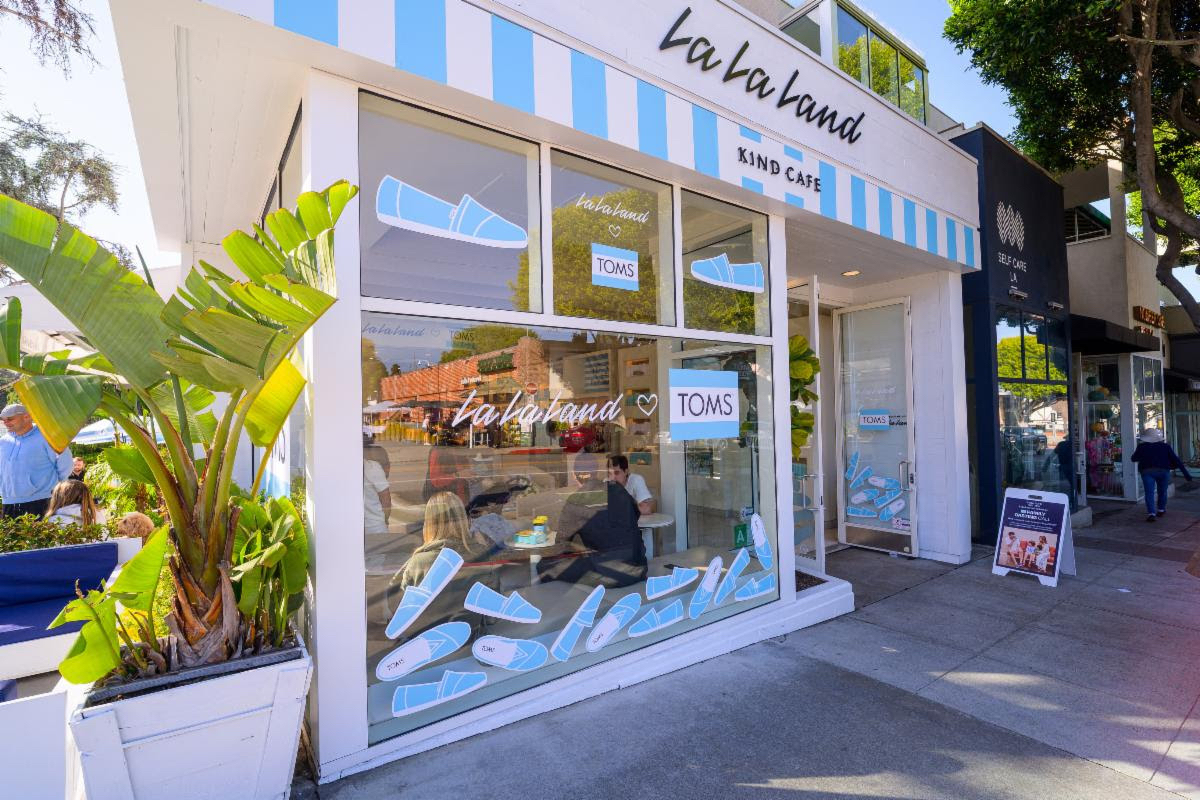From dressing emperors to setting the standard for global fashion, Haute couture remains a powerful reminder of humanity’s pursuit of beauty and individuality. But how did this exclusive world of handmade garments rise to such prominence, and what keeps it relevant?

Rahul Mishra at Paris Haute Couture Week
TABLE OF CONTENTS
- The Origin, Rise, and Global Popularity of Haute Couture
- Chambre Syndicale de la Haute Couture
- Haute Couture protects the livelihood of craftspeople
- How to invest in haute Couture
Haute couture—which, translated into English, means ‘high dressmaking’—is an art form born in the ateliers of nineteenth-century Paris—and has transcended with time to become the ultimate symbol of luxury, craftsmanship, and innovation.
Haute couture holds more weight than its literal translation of “high dressmaking”. It epitomises the essence of French luxury, where handcrafted garments emerged from the ateliers of the world’s most iconic fashion designers. Made with high-quality, rare fabrics and handcrafted with meticulous attention to detail by skilled artisans, haute couture stands as an emblem of elegance and sophistication.
In France, the term haute couture is legally protected by the Chambre de commerce et d’industrie de Paris. “Haute couture is a spearhead in terms of creation—a fantastic laboratory of both craftsmanship and design innovation,” Ralph Toledano, president of the Fédération de la Haute Couture et de la Mode, told Vogue. “[It] is a land of free expression for designers, as well as an image builder for brands.”
The Origin, Rise, and Global Popularity of Haute Couture
The origins of Haute Couture are attributed to Charles Frederick Worth who in 1858 founded the first true Couture House at 7, rue de la Paix in Paris. Often regarded as the “father of haute couture” he revolutionised the fashion industry by introducing the concept of custom-fitted garments. Unlike traditional dressmakers, Worth treated fashion as an art form, creating bespoke designs for aristocrats and royalty, including Empress Eugénie, the wife of Napoleon III. His designs set the foundation for what would become a global phenomenon, establishing Paris as the epicenter of high fashion.
The rise of haute couture during the Belle Époque period in late nineteenth century to early twentieth century reflected the opulence of the era. Designers like Paul Poiret broke away from restrictive corsets, introducing fluid, liberating silhouettes. Poiret’s work exemplified how haute couture evolved as a response to societal changes and a driver of cultural movements. The establishment of La Chambre Syndicale de la Couture Parisienne in 1868 further institutionalised haute couture, setting strict guidelines for what qualified as haute couture. This governing body ensured that only maisons adhering to the highest standards of craftsmanship and creativity could use the label, solidifying haute couture as a rarefied art form.
In 1921, the French press created L’Association de Protection des Industries Artistiques Saisonnieres, to protect individual haute couture designs from piracy. Designs were photographed on a mannequin, front, back and side, and registered as evidence. By 1945, new specifications of Le Chambre Syndicale de la Haute Couture were established, which stated that designs must be made-to-order for private clients, with one or more fittings; each atelier must have at least twenty members of staff, and each season the couture house must present a collection of at least thirty-five runs with daytime and evening wear to the Paris press.
By the mid-twentieth century, haute couture reached new heights under iconic designers such as Christian Dior, Coco Chanel and Cristóbal Balenciaga. Dior’s 1947 “New Look” revolutionised post-war fashion, with cinched waists and full skirts. This look was a stark contrast to the utilitarian fashion that dominated during wartime and reestablished Paris as the global capital of fashion. Dior continues to be a leader in haute couture under designers like John Galliano, Raf Simons, and Maria Grazia Chiuri.
Chanel, on the other hand, modernised haute couture. Rejecting corseted fashion of the era, she introduced a style that was comfortable yet chic such as her iconic tweed suits. Balenciaga, referred to as “the master of us all” by contemporaries like Dior, elevated couture with his sculptural, innovative designs.
Yves Saint Laurent was another influential figure who reshaped haute couture. After working as Christian Dior’s apprentice and briefly taking over Dior after the designer’s death, Saint Laurent launched his own label in 1961. He introduced the tuxedo suit for women, Le Smoking, introducing gender-fluid fashion, and brought the grandeur of haute couture into everyday life.
Prêt-à-porter gained traction in the Sixties and Seventies. In 1966 Yves Saint Laurent launched Saint Laurent Rive Gauche, the first freestanding couture boutique. Pierre Cardin, Andre Courreges, Ted Lapidus and Emanuel Ungaro followed suit in opening their own stores. Hubert de Givenchy and Pierre Cardin continued to champion the tradition, creating garments that were as much about artistic expression as they were about functionality. The introduction of celebrity endorsements and partnerships with Hollywood further cemented haute couture’s aspirational status, as stars like Audrey Hepburn became synonymous with Givenchy’s elegant designs.
However, not many have challenged haute couture like Jean-Paul Gaultier. Known as the “enfant terrible” of fashion, Gaultier rose to fame in the Eighties with a punk aesthetic that reimagined the boundaries of haute couture. From Madonna’s iconic cone bra to his sailor-inspired collections, Gaultier brought irreverence, wit, and theatricality to haute couture. Though he officially retired from haute couture in 2020, his legacy remains in the fearless, boundary-pushing designs that continue to inspire new generations of designers.
In the late twentieth and early twenty-first centuries, haute couture adapted to an increasingly globalised and digitalised world. In 2014 Christian Dior brought the first haute couture show to Shanghai. Paris’ fashion federation president Didier Grumbach stepped down after sixteen years at the helm and was replaced by Ralph Toledano. Karl Lagerfeld at Chanel and John Galliano at Dior brought theatricality to the runway, turning haute couture shows into cultural events. These designers modernised the tradition while staying true to its roots, using cutting-edge technology, bold experimentation, and respect for hand craftsmanship.
The rise of fashion weeks in cities like New York, London, and Milan expanded the reach of haute couture beyond Paris, although Paris remains its home. Luxury brands such as Valentino, Jean Paul Gaultier, and Elie Saab contributed to this evolution, combining traditional textile techniques with contemporary influences.
Per Harper’s Bazaar: ‘In one of the most memorable fashion moments in recent history, Karl Lagerfeld staged the Fendi autumn winter 2016 couture show on the Trevi Fountain in Rome. In celebration of the house’s 90th anniversary – and the brand’s second haute fourrure show – models including Kendall Jenner and Bella Hadid walked on water in a collection entitled ‘Legends and Fairytales’.’
Today haute couture faces both challenges and opportunities. Sustainability concerns, shifting consumer attitudes, and the rise of digital fashion are reshaping the industry. Brands like Iris van Herpen are pushing the boundaries of haute couture by integrating 3D printing and other futuristic techniques, while established maisons continue to cater to a niche clientele.
The Chambre Syndicale de la Haute Couture ensures that the art of haute couture remains preserved, requiring designers to create custom garments for private clients and employ skilled embroiderers, pattern makers, and seamstresses. This emphasis on tradition, combined with innovation, keeps haute couture relevant even in the twenty-first century.
Per Town And Country: “Haute couture plays an important role today more than ever, and I am increasingly aware of this,” says Dior’s Maria Grazia Chiuri, who has made feminism the philosophical cornerstone of her stewardship of the 75-year-old maison, while focusing acutely on craft. “The ateliers are home to radical thoughts and gestures that revolutionize forms.”
Ultimately, haute couture remains a symbol of creativity, luxury, and heritage. From the opulent gowns of Charles Frederick Worth to the avant-garde creations made in the modern atelier staffed with weavers, embroiders, lace makers, and other specialized craftspeople, it has consistently reflected the zeitgeist of its time while setting new standards in craftsmanship and artistry. Whether through Dior’s revolutionary silhouettes, Chanel’s timeless elegance, or the modern designs of brands like Schiaparelli, haute couture is a testament to the enduring desire for individuality, creativity, and craftsmanship.
Chambre Syndicale de la Haute Couture
The Chambre Syndicale de la Haute Couture, established in 1868 in Paris, was created to regulate and preserve the standards of French haute couture. Its formation was initiated by Charles Frederick Worth, often considered the father of haute couture, to formalise the exclusive and handcrafted nature of high fashion.
The organisation was founded to protect the artistry and intellectual property of fashion designers and to establish a legal framework for what constitutes haute couture. The Chambre set stringent criteria for membership, including the requirement that fashion designers maintain an atelier in Paris, create custom-fitted garments for private clients, and present collections twice a year.
Throughout the nineteenth and early twentieth centuries, the Chambre Syndicale played a pivotal role in defining haute couture as a luxury art form. It set the groundwork for Paris to become the global epicenter of fashion. Designers like Coco Chanel, Christian Dior, and Yves Saint Laurent helped shape haute couture’s identity by pushing creative boundaries while adhering to the Chambre’s standards. The mid-twentieth century saw challenges as ready-to-wear fashion gained popularity, threatening the relevance of couture. However, the Chambre adapted by embracing international members and expanding its global influence. It also fostered partnerships with artisanal ateliers, known as métiers d’art, to sustain the craftsmanship integral to haute couture.
Today, the Chambre Syndicale de la Haute Couture is a guardian of luxury fashion and artistic excellence. It ensures that the traditions of couture—such as bespoke tailoring, hand-craftsmanship, and innovation—are preserved. Haute couture collections, showcased during Paris Haute Couture Week, serve as a platform for creative expression and influence trends in ready-to-wear and luxury markets. Membership in the Chambre is a prestigious honour, with names like Chanel, Dior, and Givenchy continuing to uphold its legacy. The organisation also supports emerging fashion designers through initiatives like the Fédération de la Haute Couture et de la Mode, ensuring haute couture’s relevance and sustainability in contemporary fashion.
Haute Couture protects the livelihood of craftspeople
Haute couture plays a vital role in preserving the livelihoods of rural craftspeople. Many couture houses collaborate with skilled artisans from remote regions, utilising their expertise in hand embroidery, weaving, beadwork, and fabric dyeing. The unique, handmade nature of haute couture ensures that these time-honoured crafts remain relevant and valued in contemporary fashion, creating a sustainable ecosystem that bridges rural artisanship with global luxury markets.
Chanel’s haute couture collections often feature exquisite embroidery handcrafted by the Lesage embroidery house, a specialist atelier that employs skilled artisans trained in traditional techniques. Mumbai-based embroidery school Chanakya works closely with Dior, contributing exceptional handwork to the luxury brand’s couture collections, sustaining local artisans. Valentino has collaborated with artisans from Africa, integrating traditional beadwork, textiles, and craftsmanship into its collections. This partnership celebrates indigenous skills while providing economic opportunities for local craftspeople. Alexander McQueen has highlighted the tartan weaving techniques of rural Scotland, showcasing them in couture collections. This partnership preserves a historic craft while promoting the heritage of the region.
Rahul Mishra, the first Indian designer to showcase at Paris Haute Couture Week, champions slow fashion — rooted in his respect for the Gandhian philosophy of a self-sufficient economy, the sustainability of his materials and production processes and the preservation of India’s traditional craftsmanship. The luxury fashion brand’s emphasises on the slow process of hand-weaving and hand embroidery which allows the designer to build sustainable livelihoods for thousands of rural artisans by employing them to integrate ancient textile traditions on modern designs. His vision is to influence the lives of a million crafts people.
Hand-woven textiles and handloom weaves is the DNA of sustainable haute couture brand ‘Vaishali S’ since its launch in 2001 and it has since stayed committed to the indigenous weaver, since. The Milan-based Indian fashion designer and founder of the brand, Vaishali Shadangule, focuses on ancient weaving techniques, near-extinct textiles and hand embroideries which she hopes to bring to the forefront of world fashion with globally- relevant textiles. Her hands-on approach to keep it alive is visible in her effort to pick a rural weaver cluster each season, and to live and work with them, creating beautiful handcrafted collections.
“By sitting with weavers on the loom I can feel part of me in each weave. Weavers and crafts people are the depositary of ancient techniques, and when they understand my design language they innovate in the motifs while keeping the roots of the technique protected. My love for design and innovation gives these weaves a global language, which met with success on the catwalks of New York and Milan,” she tells me, adding, “In this endeavour of supporting traditional hand weaves, though, we must take into consideration that these craftsmen should get their share of the value chain. As of now most of them don’t even have the money to buy their own threads! That’s why I strongly promote villages of the weavers I work with, and to keep their weaves in my future collections, therefore sustaining hundreds of families.”
How to invest in Haute Couture
- Is haute couture a good financial investment?
Haute couture is often more of a cultural and artistic investment than a traditional financial one. While certain pieces from iconic fashion designers or historic collections can appreciate in value over time, this market is niche and unpredictable. Most haute couture clients purchase garments for their exclusivity, craftsmanship, and sentimental value rather than financial assets. However, museum-quality pieces or those tied to landmark moments in fashion history like Christian Dior’s “New Look” or an Alexander McQueen gown can fetch high prices at auctions.
- Why is haute couture so expensive?
Haute couture garments are costly because they are handmade to the highest standard of craftsmanship, requiring hundreds of hours to complete. Skilled artisans, including embroiderers, seamstresses, and pattern makers, work on each piece with meticulous attention to detail. Additionally, couture houses use the finest fabrics, rare embellishments, and innovative techniques. Clients also receive a fully personalised experience, including custom fittings, ensuring the garment is a one-of-a-kind creation. This level of exclusivity and artistry justifies its high price tag.
- Can haute couture increase in value over time?
Yes, haute couture can increase in value under specific circumstances. Iconic pieces associated with renowned fashion designers or historic fashion moments tend to hold or grow in value over time. For example, vintage designs by Christian Dior, Coco Chanel, or Yves Saint Laurent have become highly sought after. However, the value of haute couture depends on factors such as the designer’s legacy, the rarity of the piece, its condition, and whether it has historical or cultural significance. It’s advisable to work with fashion historians or auction houses to assess potential investments.
- How does one start investing in haute couture?
To invest in haute couture, it’s essential to educate oneself about its history, designers, and the industry as a whole. We can start by following couture houses such as Chanel, Dior, or Valentino and attending fashion shows, if possible. Building relationships with auction houses, vintage fashion dealers, and experts in the field can help identify valuable pieces. To acquire modern haute couture, becoming a client of a major fashion house grants access to custom collections. However, we must consider maintenance and storage, as the preservation of garments is critical to maintaining their value.
- What are the risks of investing in haute couture?
Investing in haute couture comes with risks, including market volatility, storage challenges, and limited resale options. Unlike traditional investments such as stocks or real estate, haute couture lacks a standardised market, and its resale value is difficult to predict. Garments also require expert care, as improper storage or exposure to light and humidity can degrade their value. Additionally, trends in collector demand can shift, meaning some pieces may not appreciate in value as expected. So, haute couture is best approached as a passion investment, with financial returns being a secondary consideration.
Jasmeen Dugal is Associate Editor at FashionABC, contributing her insights on fashion, technology, and sustainability. She brings with herself more than two decades of editorial experience, working for national newspapers and luxury magazines in India.
Jasmeen Dugal has worked with exchange4media as a senior writer contributing articles on the country’s advertising and marketing movements, and then with Condenast India as Net Editor where she helmed Vogue India’s official website in terms of design, layout and daily content. Besides this, she is also an entrepreneur running her own luxury portal, Explosivefashion, which highlights the latest in luxury fashion and hospitality.








